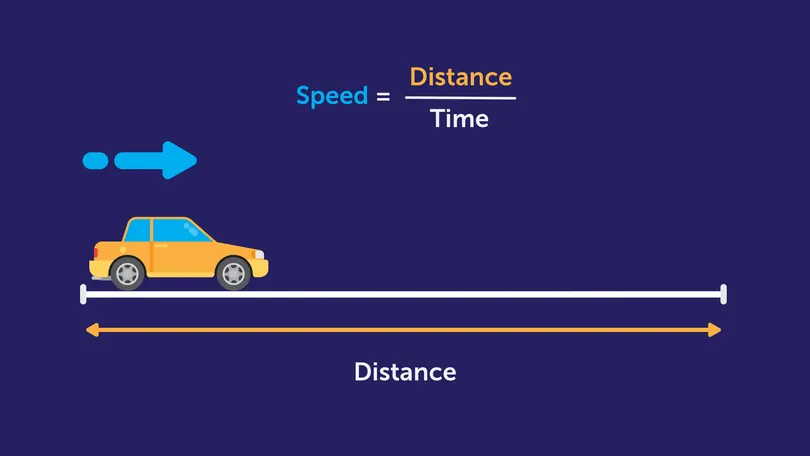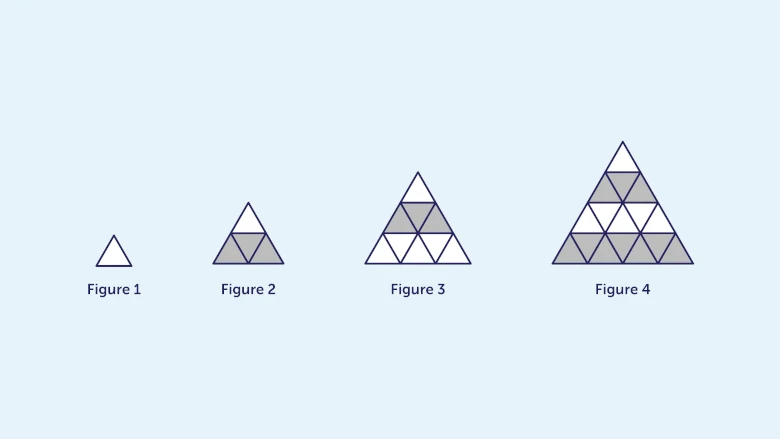Primary Maths
Numbers are not the enemy, and formulas are not your foe.
Here is a list of our most recommended articles to help build a strong foundation that sets you on the path towards mathematics success.

8 Proven Revision Strategies to Boost Your PSLE Scores

5 Proven Ways to Reduce Careless Mistakes in PSLE Maths

Developing Strong Problem-Solving Skills for PSLE Students

PSLE Memory and Retention Techniques to Improve Academic Performance

5 School Holiday Activities to Keep Your Child Learning (Without Stressing Parents!)

PSLE Preparation: 7 Strategies to Help Your Child Excel

The Future of Learning: How Online Learning is Transforming Primary Education in Singapore

Primary 6 to Secondary 1 Transition: Essential Tips for a Smooth Start

5 Fun games to help Primary 6 students learn about angles

Discover the joy of counting money with this easy story for primary 1 students

5 fun games to master the basics of fractions: Learn with ChatGPT

Volume of a cube: A detailed guide

Create custom division drill worksheets with ChatGPT

Maths is fun with ChatGPT - Learn how to count with these 5 games

Understanding the area of a Trapezium: A simple guide

Master Multiplication with these rhymes

Properties of a circle: Unraveling the secrets of this fundamental shape

Division made easy: Story-based learning approach for Primary 2

Solving the toughest 2023 PSLE Maths question on Ratios and Fractions

Understanding Maths Symbols: A comprehensive guide

Mastering PSLE Maths speed questions: A proven trick

Number Bonds and Singapore Maths: Building a strong mathematical foundation

Solving challenging 2023 PSLE Maths questions: Faizal and Elise Jogging question

Singapore Maths vs Traditional Maths: What sets them apart?

Learn how to solve Maths questions using the supposition method

Play these fun Maths games with your family
![Mean, Median, Mode: What's the difference? [With examples]](
https://geniebook.com/cms/storage/app/media/blog-images/64645d78d6d9f171431729.webp )
Mean, Median, Mode: What's the difference? [With examples]

How to manage time during PSLE Maths exams: Tips from teachers

Solving tricky 2009 Maths question

Common types of PSLE Maths questions: A comprehensive guide

Maths Model drawing: Mastering visual problem-solving

Maths made easy: Discover the four steps to solving any problem

Strategies for solving word problems: Mastering PSLE maths challenges

How heuristics can help your child conquer PSLE maths

Understanding the requirements for PSLE Maths

How to help a child who is struggling with Maths: Tips and strategies

Algebra made easy with Geniebook + Free lesson & exam papers

2021 PSLE Maths coin question: Simplest solution

15 Tricks to boost your Primary student's Mental Maths skills

Tackling Maths problems from PSLE 2022: Solutions and strategies

PSLE Maths lessons: The path to better grades and greater confidence

Mastering Maths: Your ultimate guide to excelling in PSLE

The 2019 semicircle question: How to calculate diameter of a circle

Hardest PSLE Maths question and how to solve it (2019 triangle question solved)

These 3 cool Maths card games can help your child ace PSLE

5 tips to slaying the PSLE Maths monster: A parent’s guide
Singapore's approach to primary maths has garnered international attention due to its remarkable outcomes. It goes beyond rote learning and memorisation, focusing on developing deep mathematical understanding and critical thinking skills among students.
The Foundation of Singapore Primary Maths
The foundation of Singapore primary maths is built on a solid framework that encourages gradual progression from concrete experiences to abstract thinking. This framework, known as the Concrete-Pictorial-Abstract (CPA) approach, forms the cornerstone of the curriculum.
Advantages of the Concrete-Pictorial-Abstract approach
The CPA approach offers several advantages. It enables students to visualise and comprehend mathematical concepts by starting with real-world objects (concrete), transitioning to visual representations (pictorial), and finally grasping abstract symbols and equations (abstract). This progression ensures a thorough understanding of each concept.
Building strong problem-solving skills
Singapore primary maths places a significant emphasis on problem-solving. Students are taught to approach problems methodically, breaking them down into manageable steps. This cultivates analytical skills that are invaluable beyond the classroom.
Focus on critical thinking
Critical thinking is at the core of Singapore primary maths. Students are encouraged to explore multiple strategies for solving a problem, fostering creativity and adaptability in tackling mathematical challenges.
Mastery of fundamental concepts
The curriculum focuses on mastering fundamental concepts before moving on to more advanced topics. This approach ensures a strong foundation, reducing the risk of learning gaps in later years.
Emphasis on visual learning
Visual aids, such as bar models and diagrams, are integral to the Singapore primary maths curriculum. These aids simplify complex problems and help students make connections between different mathematical ideas.
Real-world application of mathematical concepts
Singapore primary maths goes beyond theoretical knowledge. It emphasises the real-world application of mathematical concepts, showing students how maths is relevant to their daily lives.
A collaborative learning environment
Collaborative learning is encouraged, allowing students to discuss and solve problems together. This enhances communication skills and enables them to learn from their peers.
Addressing maths anxiety
Singapore's approach reduces maths anxiety by focusing on understanding rather than rote memorisation. Students develop confidence in their abilities, leading to a positive attitude towards maths.
Nurturing lifelong learners
The curriculum instills a love for learning by promoting curiosity and exploration. Students are more likely to carry this enthusiasm for learning into other subjects and throughout their lives.
So, we hope our articles help your child understand tough maths concepts and improve their exam performance.


 SG
SG  VN
VN 















